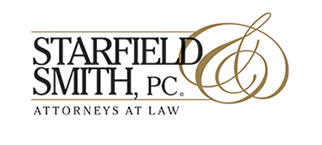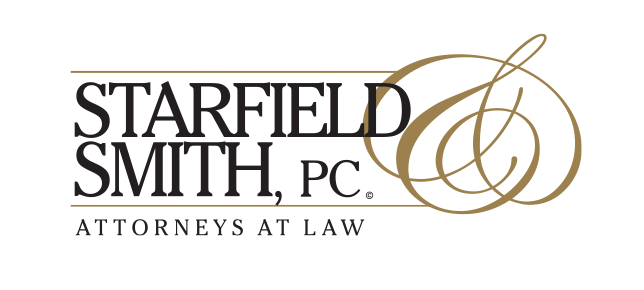Under certain circumstances, SBA guaranteed loans may be used to refinance existing debt. Such debt may be in the form of short or long term debt structured with a demand note or balloon payment, debt with an interest rate that exceeds the SBA maximum rate (based on size, term, and 7(a) processing method), credit card debt incurred for business-related purposes, debt that is over-collateralized based on SBA’s collateral requirements, revolving lines of credit where the lender is unwilling to renew the line or that can be refinanced with a lower interest rate or longer term, debt with a maturity that is inappropriate for the purpose of the financing, or debt originally incurred to finance a change of ownership. Debt may also be refinanced if it “no longer meets the needs of the Applicant” (SOP 50 10 5(J) Subpart B Chapter 2, paragraph V.E.3).
The SBA imposes strict eligibility requirements for any loan to be used to refinance existing debt. Under the SOP 50 10 5 version J, effective January 1, 2018, all SBA loans must comply with the general rule that “SBA-guaranteed loan proceeds may not be used to pay a creditor in a position to sustain a loss” regardless of the reason for the refinance. Below we explore what this new requirement means for SBA lenders and how to document a loan file to demonstrate compliance with SBA’s policy.
SBA lenders seeking to make loans to applicants for debt refinance must demonstrate that the new loan does not shift the risk of loss onto the SBA. A negative payment history, for example, would show that repeated payment default put the existing lender in a “position to sustain a loss”. Such a loan would likely be ineligible. Before approving a 7(a) loan application for refinance, a lender must determine if the loan applicant is able to repay the existing loan from its cash flow. The loan file should contain copies of the applicant’s cash flow and balance sheets, along with statements showing payment history of the existing loan(s).
Additionally, the lender’s loan file must contain copies of the notes, loan agreements, statements, and other documents evidencing the existing loan(s).
The eligibility and credit analysis contained in the loan file should answer the following questions:
- Why was the debt incurred?
- Is the debt currently on reasonable terms? If not, why?
- How will the new loan improve the borrower’s financial condition?
- Why does the current loan no longer meet the needs of the borrower?
For loans refinancing debt with a high interest rate, are over-collateralized, used for a change of ownership, or that no longer meets the needs of the business, a lender must also demonstrate that the new loan installment amount will be at least 10% less than the existing installment amount. The loan file should show the calculation resulting in the payment improvement.
All debt refinanced with an SBA loan must have originally been for an eligible SBA purpose (e.g., used for a business purpose). There are also special rules pertaining to refinancing credit card debt, same-institution debt, and existing SBA loans. For more information regarding the SBA refinance rules, contact us at (215) 542-7070 or at info@starfieldsmith.com.




Comments are closed.